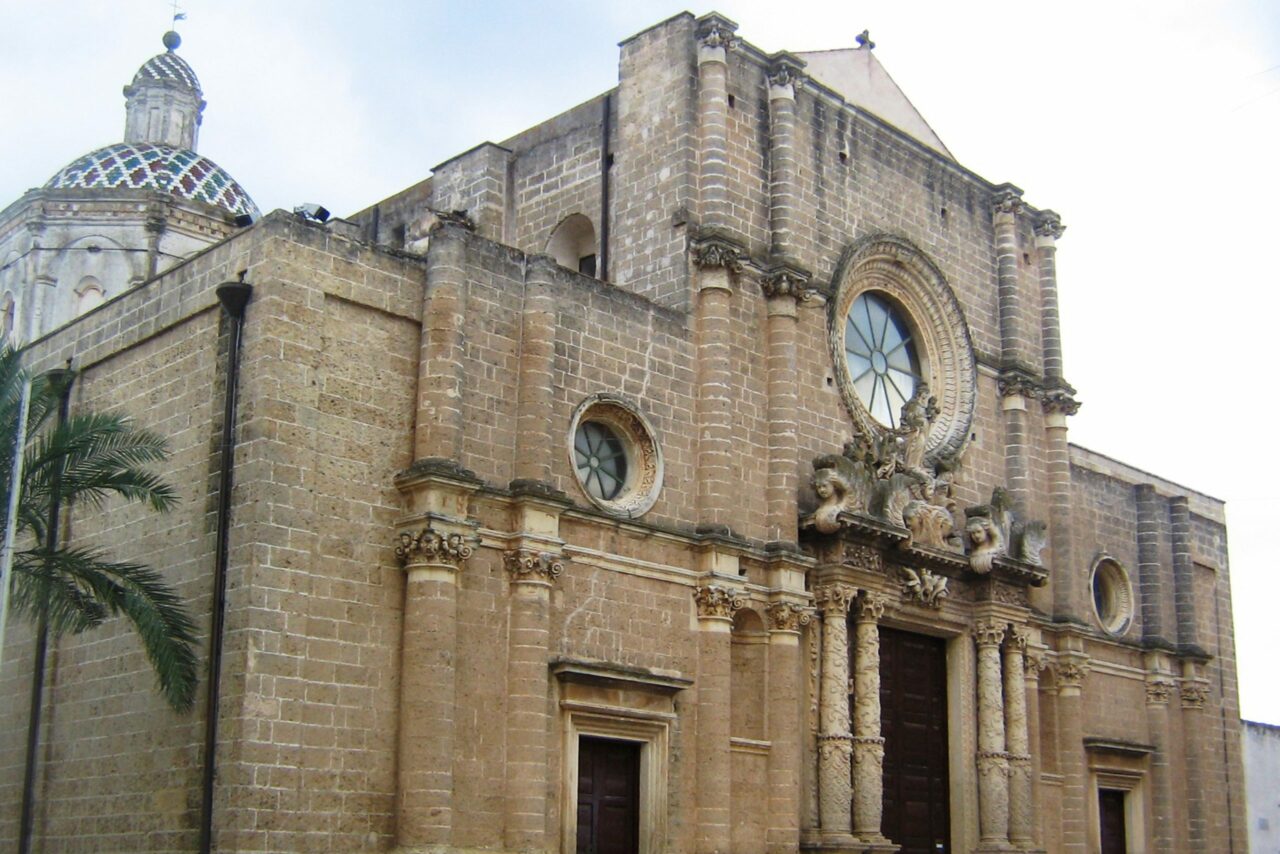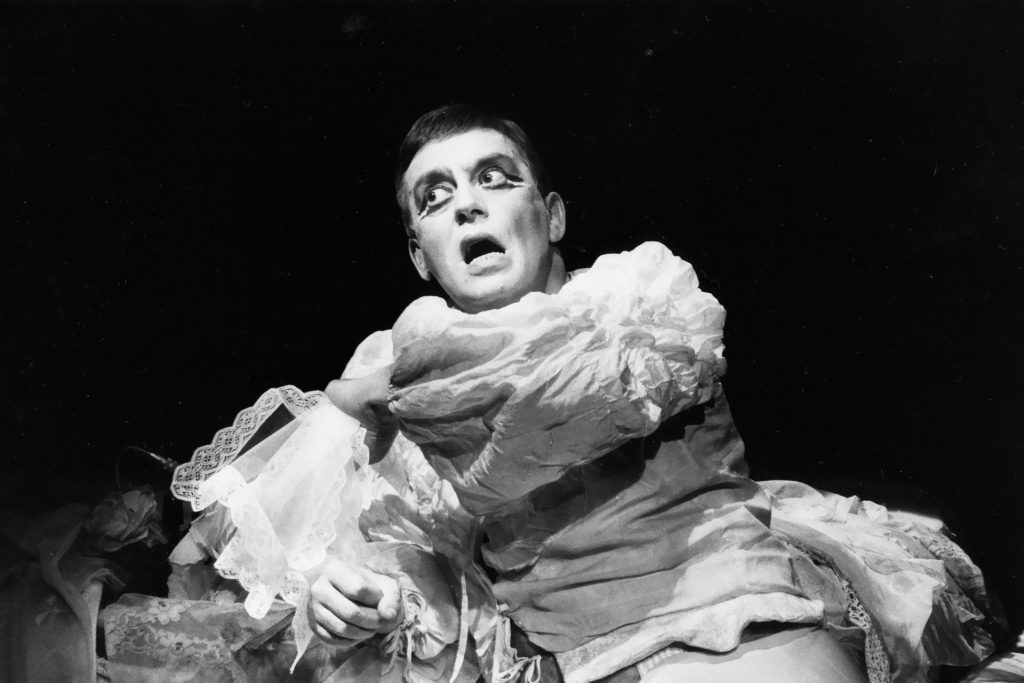
Campi Salentina lies on the Lecce plain (or Piana Messapica), a slight depression of the Salento plain, where the abundance of spring water has embroidered a gentle landscape with a flourishing countryside generous with vineyards and olive groves.
A bit of history
The name has a Greek origin: “Campia”, meaning “small fields”. The term “Salentina” was added after the unification of Italy. A more certain date on the origins of the town could be 926 AD, the era of the terrible Saracen invasions, which destroyed the nearby farmhouses. In the 11th century, with the establishment of the Normans, Campi became part of the County of Lecce and became the seat of the Diocese, after King Tancredi d’Altavilla donated the city to the Bishop of Lecce. After the Norman era, Campi came under Swabian rule and, in 1220, Emperor Frederick II had a castle built there. In 1406, the town was donated to Carlo Maremonti and remained the property of the family until 1522, when it was purchased by the Paladini. Thus began a long feudal period that would only end in the 19th century, and which would see the succession of various lords in Campi.
To visit
The Mother Church, in the beautiful Piazza Libertà. In the center of the architrave, on a cherub rests the statue of the Madonna della Grazie, to whom the church is dedicated.
The Church of Sant’Oronzo, commissioned by Monsignor Luigi Pappacoda, Bishop of Lecce, after Campi elected Sant’Oronzo his protector. The high stone altar dedicated to the saint and the altar cloth, which are attributed with miraculous powers, are noteworthy.
The Sanctuary of San Pompilio, which houses the remains of San Pompilio Maria Pirrotti. The urn of the Saint and the room where he died, which houses many of his personal objects, are today objects of worship and veneration. Attached to the church is the convent of the Scolopi Fathers, which houses a prestigious library with thousands of ancient volumes.
The Church of San Francesco with the adjacent Capuchin convent is spread over two floors around an evocative central cloister.
The Marchesale Palace. The legendary origins of the Castle date back to when Emperor Frederick II of Swabia chose the fiefdom of Campi Salentina to spend his summer holidays. The castle, later inhabited by the feudal families of Campi, became the Marchesale Palace with the Enriquez family.
It is important to remember that Carmelo Bene, one of the greatest authors of twentieth-century Italian theatre, was born and lived in Campi Salentina during his youth. In memory of the actor, director, playwright, philosopher and writer, a marble plaque was installed on the door of his birthplace. The Teatro Comunale is also named after Bene, and stands out every year for its well-crafted programming and liveliness.

what to do
Among the most important festivals and events in the village of Campi Salentina, the festival of the Patron Saint, Oronzo, the festival of San Pompilio Maria Pirrotti and the festival of the Madonna della Mercede, Co-Patron of the City, stand out.
Sant’Oronzo is celebrated on August 31st and September 1st: the holy mass and the solemn procession are followed by musical shows, performances by the local band and fireworks.
San Pompilio Maria Pirrotti si festeggia nei giorni 14 e 15 luglio. Le cerimonie religiose sono accompagnate da eventi enogastronomici e rassegne musicali. Molto significativo è il coinvolgimento della città natale di San Pompilio, Montecalvo Irpino, con la quale è iniziato un percorso ispirato dalla profonda devozione nei confronti del Santo e che si concluderà con il gemellaggio fra i due Comuni.
Madonna della Mercede is celebrated as usual on the third Sunday of October. A refined program full of collateral events provides the backdrop to the eagerly awaited Madonna della Mercede Fair, a historic fair that most likely dates back to the 17th century. On Sunday and the following Monday, the main streets around the Sanctuary are filled with stalls selling all kinds of goods, including handicrafts and gastronomic products, while in the evening the beating heart of the historic city center lights up with music, dances and the sounds of singers, street artists and the scent of typical local products with the usual “Degustando” event.



















Leave a comment